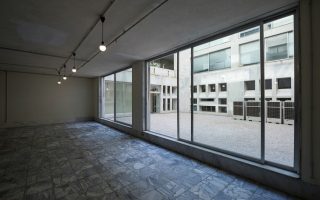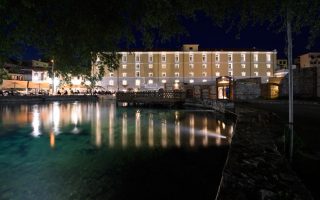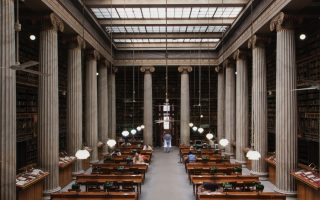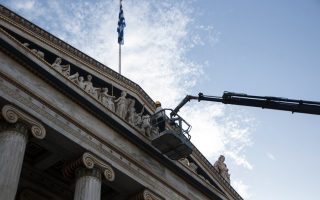Ottoman complex in northern port reopens as cultural venue
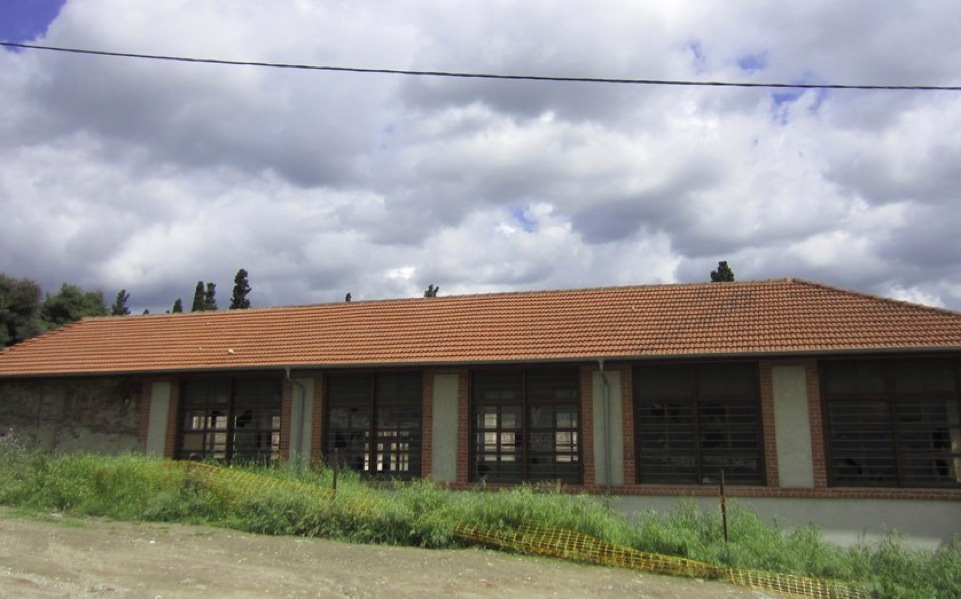
The Islahhane of Thessaloniki, an Ottoman complex that has served a number of different owners and uses since the late 19th century, is ready to reopen as a cultural venue following a four-year restoration by the Culture Ministry’s Central Council of Modern Monuments.
The building was constructed between 1874 and 1876 to house one of the earliest technical schools for orphan children in Greece. However, its history has been one of endless transformation as it was destined to serve as refugee shelter, a state-run college and a factory.
On top of the various changes in its use, the structure also survived a wave of demolitions in this part of Greece’s northern port city. After the restoration work, the Islahhane is hard to miss. Located off a road leading to Thessaloniki’s Ano Poli (or Upper Town), this industrial building features big windows, an atrium and a chimney. Parts of the building are located among other significant remnants of multicultural Thessaloniki: The Evangelistria Historical Cemetery, the Aghios Dimitrios and Georgios Gennimatas hospitals, the Pasha’s Gardens, and the Ataturk Museum.
Better known to younger generations as the Axylithiotis Machine Workshop, or the Hamidiye Arts and Crafts, the history of the Islahhane (which comes from the Arabic word “Islah,” which means “to make better,” but in a professional rather than a correctional sense) goes as far as the closing years of Ottoman rule. As authorities launched a program of education reforms and amid a growing demand for skilled labor (for infrastructure projects such as railworks, gas and water supply), the three-story complex was built in order to house and train orphans and poor children.
In their extended study on the project, architects and civil engineers Sophia Christoforidou, Evangelia Mesochoriti and Anastasia Valavanidou and ethnologist Areti Kondylidou explain that the long and narrow building used to accommodate all of the necessary functions (dormitories, classrooms, carpentry workshops, ironworks, machine workshops and utility rooms). The educational institution became a point of reference for nearby buildings (such as the mosque and the hamam). Interestingly, Aghiou Dimitriou Street and the neighboring New Golden Gate, on the eastern wall, were renamed Islahhane.
Following the city’s liberation in 1912, the property came into the hands of the Public Properties Company (ETAD) and housed Greek refugee families, a senior high school for refugee children, and several private business including Axylithiotis.
The central three-story building was demolished in 1981 to make way for the construction of Olympiados Street. By that time the neighborhood’s character had been transformed. In 2003, the building came under the 4th Ephorate for Modern Monuments. The property – and all of its equipment – had been listed as a protected building in 1992 for constituting “an exceptional sample of modern Greece’s industrial legacy with uninterrupted operation from 1915 until today.”
It was fully restored over four years with funds from the Macedonia-Thrace operational program (ESPA 2006-13) and is now opening again as a cultural venue. Only a third of the complex (which lies outside the city walls) still stands – the former labs. The building, and the surviving equipment, is testament to a bygone era.
